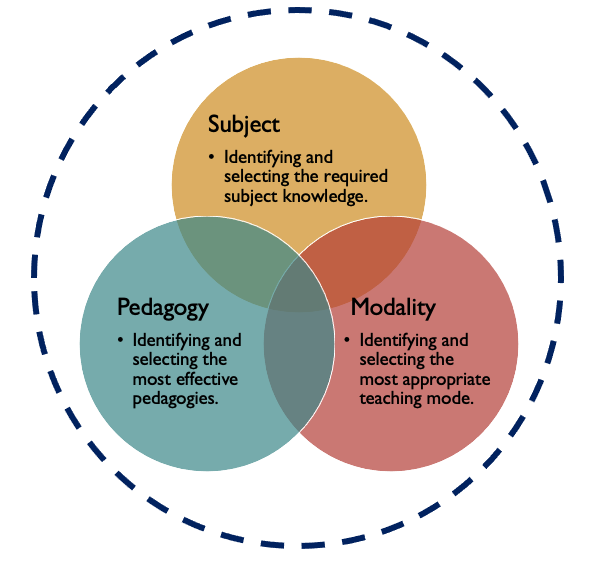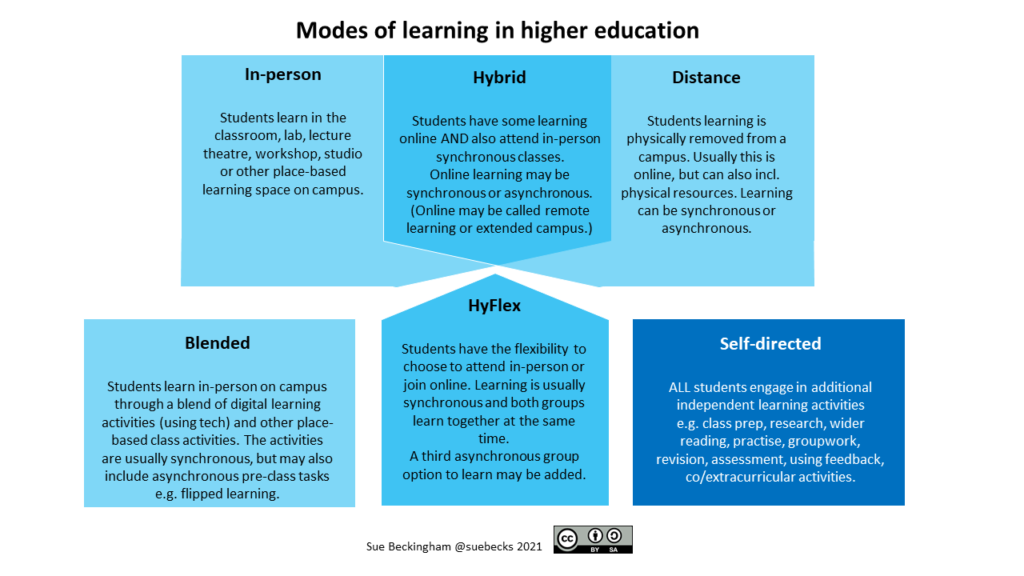
UPDATE: SPaM has its own website: https://spam.digisim.uk/ which has further details and resources.
This won’t be a long post as the intention of this is to get this into the public domain with a certified date stamp before I start to share it more widely as a model and the idea gets “stolen” as has happened before.
As with all my work it is openly licensed (CC BY- 4.0) but what has happened before I made the mistake of sharing an idea that was then taken forward by someone else as their own. However, please feel free to use and adapt but with the usual attribution.
As many of my readers/followers will know I have been making use of the TPACK framework (Koehler & Mishra, 2009) as a reference point for my work in digital education and the framework has been the focus of my research into digital development of academic staff for the past couple of years. However, it has always been the “technology” aspect that hasn’t always sat comfortably with me as it suggests an assumption that “technology” is a requirement. Although the authors of TPACK aren’t themselves suggesting this the visual graphic associated with the framework does.
SPaM is an adaptation of TPACK born out of my work over the past 12-18 months where I have been exploring an alternative domain which would sit most comfortably alongside Pedagogy & Subject in representing key knowledge domains for the development of curriculum (particularly within a Higher Education context) but also as a reference point for academic staff development.
Through this work emerged the notion of “modality” and in particular the pandemic emphasised the need for us to think more rigorously about the “teaching mode” we might use in certain circumstances.

The value in this approach is that is does not determine the “technological” requirement, as this is very much predicated on the modality of teaching. In the same way that the pedagogical approach will determine the methods for learning and teaching the modality will help determine which (if any) digital technologies are being utilised.
We can further extend the framework with a student facing lens (example below) through which we can articulate what the “learning” experience might be like for students.

Obviously SPaM comes from Subject, Pedagogy and Modality. The order of the letters (SPaM) is also purposeful, indicating that the process nearly always starts with the Subject domain, then through to the Pedagogic domain and then the Modality domain. However, the synergy between all three is key and one will influence the others, but in my experience academic colleagues always start with the Subject (what), then the Pedagogy and then the modality (how).
I’ll be adding more detail to this and further examples as I expand on this work, but please do get in touch with any comments or thoughts as I begin to consolidate my research in this area.
SPaM Framework for Hybrid Education © 2022 by Simon Thomson is licensed under CC BY-NC 4.0




4 Responses
Very useful, Simon, and I fully endorse your aims to decouple technology from the initial thought process. The SPaM approach is one we frequently use as instructional designers, leaving technology to last, however, all too often educators can be diverted (/constrained) by what technology is offered and design appropriately. I only have two specific comments to make: 1, have you considered reorganising the venn diagram to align with your acronym and not make Modality the top item, and 2) slightly tangential to this topic, I always have trouble with the definition of hyflex that ignores online async; this has been a strong pillar of hyflex for 15+yrs and emphases full flexibility for learners, but it seems to have been defined since the initial lockdown to focus on synchronous teaching.
Thanks John. I have now tweaked the original Venn as someone else also suggested that (but I hadn’t adjusted the second student lens version which I have now done).
I think definitions are always tricky and often subject to local (regional) terminology.
I actually prefer Sue Beckingham’s model which includes asynchronous and so I have updated the post to include that model, but in my local context we’re exploring hyflex as a synchronous activity.
Signature Pedagogy Modality might work too. It may help. Signature reflects a disciplinary cultural context. Really, though, I think Context Pedagogy Modality would be better (tho you wouldn’t get SPaM!) – because Subject is only one informing context.
I am not sure I am reading this as a Venn Diagram framework fully – how do the different intersecting parts work? I look forward to more on this. You are absolutely right to leave the specific technology out – that’s a trap digital technologists fall into and it’s not necessary – technological affordances can be so many things e.g. walls, chairs, analogue tools, as well as digital things. Cheers.
Thanks Andrew – in the original TPACK the contexts element is represented by the dotted line round the outside. The rationale for that is because each of the domains is influenced by those signature contexts so I’ll be sure to draw that out more clearly.
You are right that at the moment the intersections are not clearly presented yet – this will be added shortly.